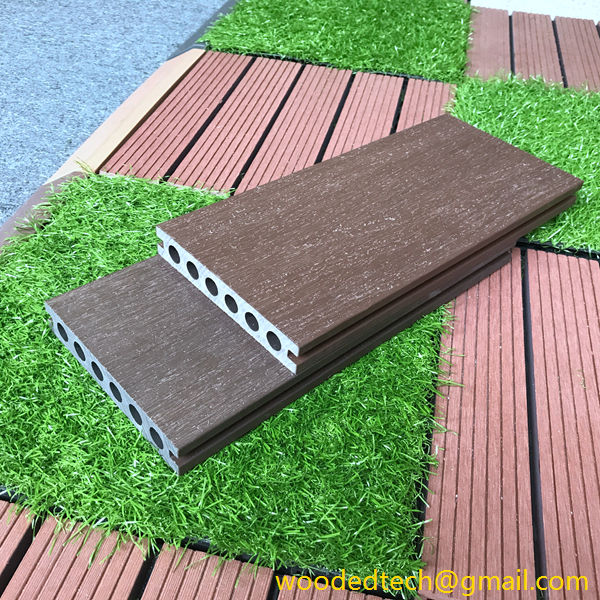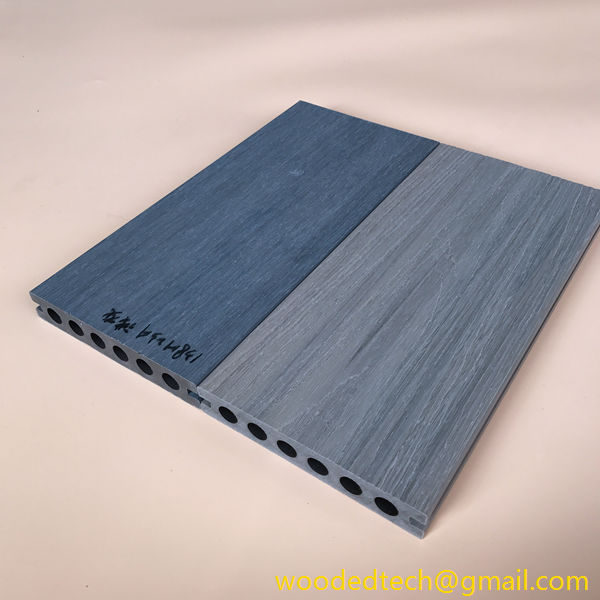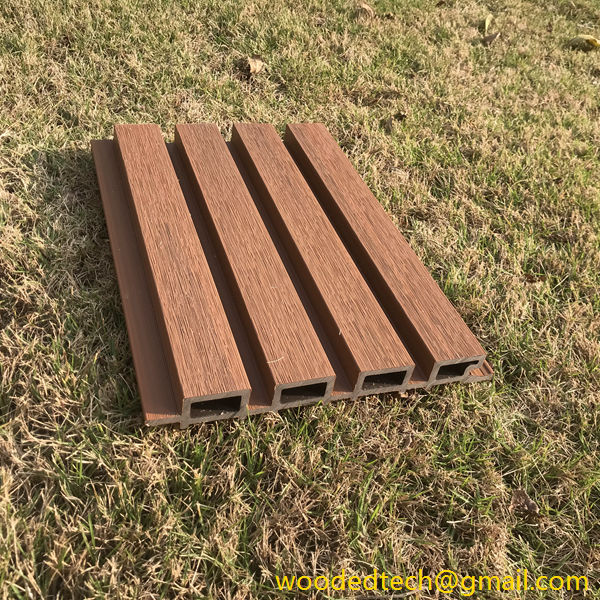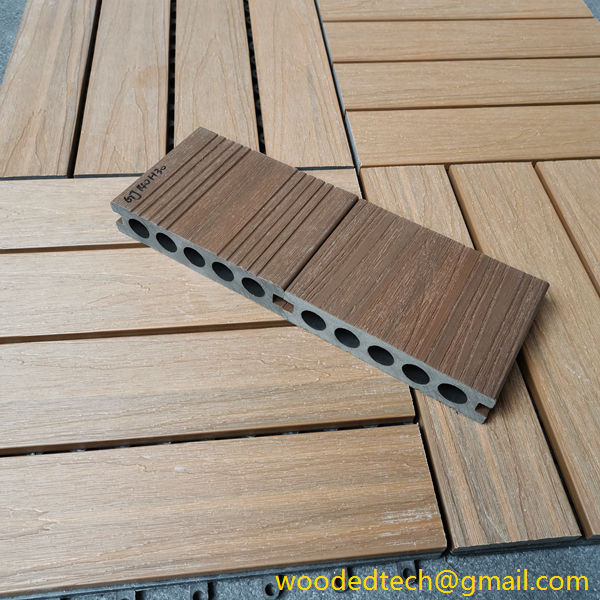How to Use a Decking Composite Calculator Effectively
How to Use a Decking Composite Calculator Effectively Using a decking composite calculator effectively is an essential step for anyone embarking on a decking project. Whether you are a seasoned builder or a DIY enthusiast, understanding how to utilize these calculators can save you time, money, and effort. Composite decking has become increasingly popular due…
How to Use a Decking Composite Calculator Effectively
Using a decking composite calculator effectively is an essential step for anyone embarking on a decking project. Whether you are a seasoned builder or a DIY enthusiast, understanding how to utilize these calculators can save you time, money, and effort. Composite decking has become increasingly popular due to its durability, low maintenance, and aesthetic appeal. However, determining how much material you need is crucial to ensure a successful installation. Here’s a comprehensive guide on how to use a decking composite calculator effectively, ensuring that your project moves forward smoothly.
First and foremost, it’s important to familiarize yourself with what a decking composite calculator is. Essentially, it is a tool that helps you estimate the amount of composite decking material required for your project based on specific measurements and parameters. These calculators can often be found online on hardware or home improvement websites, as well as on the websites of manufacturers that produce composite decking materials.
To begin using a decking composite calculator, you need to have a clear plan for your decking project. This includes understanding the dimensions of the area where you will install the decking. Measure the length and width of the space accurately. If your deck will have a specific shape, such as an L-shape or multiple sections, make sure to break down the measurements into manageable parts. Taking precise measurements is crucial, as even a small error can lead to significant discrepancies in the amount of material needed.
Once you have your measurements ready, input them into the decking composite calculator. Most calculators will ask for the total square footage of the area you plan to cover. To calculate the square footage, multiply the length by the width of the deck. If you have a complex shape, break it down into smaller rectangles or squares, calculate the square footage for each section, and then add them together for the total square footage.
In addition to the total area, the calculator may require you to consider various factors such as the type of composite decking you are using, the spacing between boards, and any additional features like stairs or railing. When selecting the type of composite decking, keep in mind that different products can have varying dimensions and installation requirements. Ensure that you choose a calculator that corresponds to the specific brand or type of decking you are planning to use for the most accurate results.
One important aspect to consider when using a decking composite calculator is the spacing between the boards. Most composite decking materials require a certain gap to allow for expansion and contraction due to temperature changes. The recommended spacing can vary by manufacturer, so it’s essential to consult the installation guidelines for your specific product. The calculator will typically allow you to input the desired spacing between boards, which will affect the total amount of material you need.
Additionally, if your deck design includes features such as stairs, railings, or built-in benches, you will need to account for these in your calculations. Many calculators offer options to include these features, allowing you to get a more accurate estimate of the total materials required. Be thorough in considering all components of your deck to avoid unexpected shortages during the installation process.
Once you have filled in all the required information in the decking composite calculator, review your inputs carefully before calculating. This is a critical step, as any mistakes or oversights can lead to inaccurate results. After confirming that all measurements and parameters are correct, proceed to calculate the total amount of composite decking material needed. The calculator will provide you with an estimate of how many boards you will require, along with additional material suggestions, such as fasteners and accessories.
After obtaining the results from the calculator, it’s a good idea to add a buffer to your material order. It is common for mistakes to happen during installation, and having extra boards on hand can save you time and hassle. A good rule of thumb is to order an additional 10 percent of the total calculated amount to cover any unforeseen issues such as cuts, waste, or future repairs.
Finally, once you have your materials ordered, it is essential to familiarize yourself with the installation process of your chosen composite decking. Many manufacturers provide detailed installation guides and videos that can be extremely helpful. Taking the time to understand the process will further enhance your experience and ensure a successful outcome.
In conclusion, using a decking composite calculator effectively can streamline your decking project and help you avoid common pitfalls associated with material estimation. By taking accurate measurements, considering all project components, and reviewing your inputs carefully, you can achieve a precise estimate of the materials needed. Remember to account for additional materials and familiarize yourself with the installation process for a seamless experience. With careful planning and the right tools, your decking project can transform your outdoor space into a beautiful and functional area for relaxation and entertainment.









